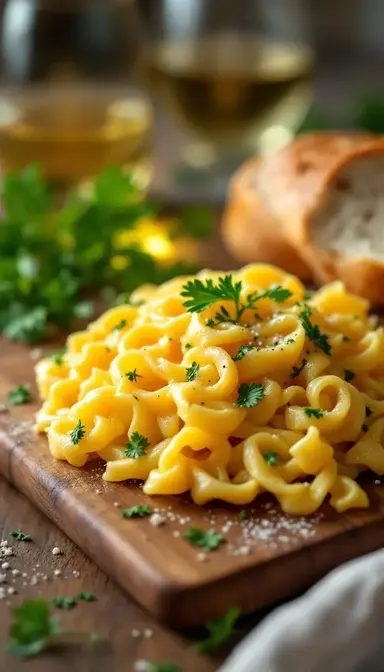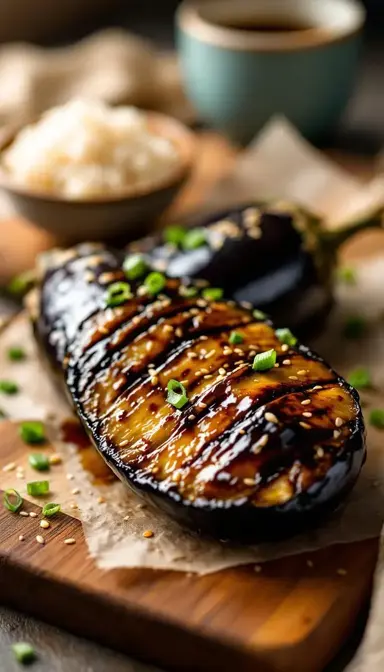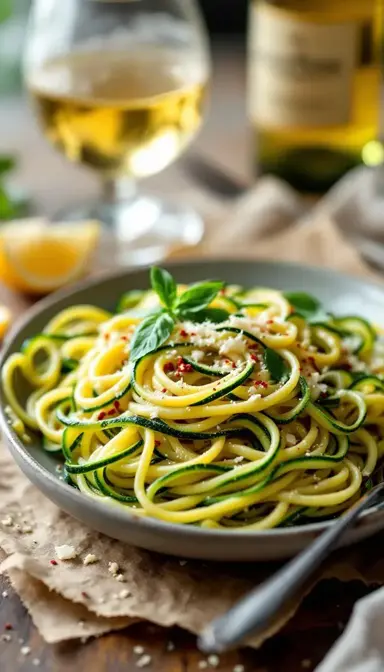There’s something magical about spaetzle—those little irregular dumplings that walk the line between pasta and comfort food. When done right, they’re golden and crisp in some spots, tender and soft in others, all coated in a rich, nutty butter that clings to every nook. It’s the kind of dish that makes you close your eyes and just savor.
Essential Ingredients & Tools
Ingredients
- 4 large eggs (room temperature—cold eggs don’t emulsify as well)
- 1/2 cup whole milk (the fat content ensures tenderness; skim milk makes them lean and tough)
- 1 tsp fine sea salt (plus 1 tbsp for the boiling water—seasoning from within matters)
- 2 cups all-purpose flour (scooped and leveled, not packed—too much flour = dense spaetzle)
- 3 tbsp unsalted butter (European-style preferred for its higher fat content; American butter works but may splutter more)
- 2 tbsp chopped parsley (fresh adds brightness; dried parsley lacks punch)
- Freshly ground white pepper (gentler than black pepper, letting the butter shine)
Tools
- Large mixing bowl (for the batter)
- Wooden spoon or silicone spatula (metal can overwork the gluten)
- 6-quart pot (wide enough to prevent boil-overs)
- Colander with 1/4″ holes or spaetzle press (a flat grater works in a pinch)
- Slotted spoon (for fishing out cooked spaetzle)
- Bowl of ice water (stops cooking instantly)
- 12-inch cast-iron or stainless steel skillet (nonstick can’t achieve the same browning)
How to Make Buttered Spaetzle
-
The Dough—Getting It Just Right
Whisk 4 large eggs, 1/2 cup whole milk, and 1 tsp fine sea salt until fully emulsified—no streaks. Gradually add 2 cups all-purpose flour, stirring in one direction to prevent tough gluten strands. The batter should ribbon slowly off the spoon.Why rest the dough?
Cover with a damp towel and let sit 5–10 minutes. This hydration pause allows flour to absorb liquid evenly, preventing gummy spots. Test a spoonful in simmering water: if it dissolves, add 1 tbsp flour; if it sinks stubbornly, mix in 1 tbsp milk. -
The Perfect Simmer—Not a Raging Boil
Fill your pot 2/3 with water. Add 1 tbsp salt (seasoning from within) and 1 tsp neutral oil (grapeseed or vegetable) to minimize sticking. Heat to 190°F/88°C—tiny bubbles should rise gently. A rolling boil tears delicate spaetzle apart. -
Shaping & Cooking—The Fun Part
Press half the dough through the colander into the water. Irregular shapes = more crispy edges. Work in batches to maintain water temperature. Stir gently once submerged. They’re done in 90 seconds when they float (starch gelatinization complete). Plunge into ice water for 30 seconds, then drain thoroughly—wet spaetzle won’t brown properly. -
The Browned Butter Finish—Where the Magic Happens
Heat skillet over medium heat (350°F/175°C). Add 3 tbsp unsalted butter; swirl until foamy but not browned. Spread spaetzle in one layer—crowding steams them. Wait 2 full minutes before stirring to allow the Maillard reaction (that’s the science behind deep flavor). Toss until 70% golden, about 4 minutes. For extra crunch, press lightly with the spatula. -
The Final Touch—Herbs & Seasoning
Off heat, season with freshly ground white pepper (floral, not sharp) and 2 tbsp chopped parsley. Taste for salt—buttery dishes often need 10% more than you’d expect. Serve immediately in a warm bowl (residual heat keeps crisping the exterior).
Chef’s Wisdom
- Rest-and-Test Method: Let dough rest 10 minutes, then test in water. Adjust with flour/milk as needed.
- Double-Crisp Strategy: Boil, then refrigerate uncovered 1 hour before browning for maximum crunch.
- Egg Science: For lighter spaetzle, whip egg whites to soft peaks and fold in last.
Storage & Freshness Guide
- Fridge: Store par-cooked spaetzle (unbrowned) in an airtight container with parchment between layers for 3 days. Reheat in a skillet with 1 tsp butter and 1 tbsp water, covered briefly to steam.
- Freezer: Freeze on a baking sheet, then transfer to freezer bags for 2 months. Brown from frozen, adding 1 tsp oil to prevent drying.
Ingredient Variations and Their Impact
- Herbed Spaetzle: Fold in 2 tbsp minced chives + 1/2 tsp lemon zest.
- Buckwheat Spaetzle: Swap 1/2 cup all-purpose flour for buckwheat flour (earthy, nutty).
- Spinach Spaetzle: Blend 1/2 cup blanched spinach (squeezed dry) into the wet ingredients.
Perfect Pairings
Complementary Dishes
- Sauerbraten: The spaetzle’s buttery richness balances the pot roast’s tangy gravy. Their texture soaks up juices while crisp edges add contrast.
- Pan-Seared Chicken Thighs: Deglaze the pan with white wine and stir the fond into the spaetzle for extra depth.
Drinks
- Gewürztraminer: This wine’s lychee and rose notes cut through the butter’s richness.
- Dunkel Lager: Malt sweetness mirrors the noodles’ caramelized edges.
Something Sweet
- Pear Clafoutis: The custard’s subtle sweetness contrasts the savory spaetzle.
- Cinnamon Sugar Dusting: Toss leftovers with melted butter, cinnamon, and sugar for a quick dessert.

Buttered Spaetzle: A Comforting Classic with Crispy Edges and Pillowy Centers
Learn how to make perfect Buttered Spaetzle with crispy edges and tender centers. This easy recipe delivers ultimate comfort in every bite. Try it tonight!
Ingredients
For the Dough
-
4 large eggs
-
1/2 cup whole milk
-
1 tsp fine sea salt
-
2 cups all-purpose flour
For Cooking
-
1 tbsp salt
-
1 tsp neutral oil
For Finishing
-
3 tbsp unsalted butter
-
2 tbsp chopped parsley
-
Freshly ground white pepper
Instructions
-
Whisk 4 large eggs, 1/2 cup whole milk, and 1 tsp fine sea salt until smooth. Gradually add 2 cups all-purpose flour, stirring in one direction. Rest dough 5–10 minutes.01
-
Bring 6 quarts water to a gentle simmer with 1 tbsp salt and 1 tsp neutral oil. Press half the dough through a colander into the water.02
-
Cook 90 seconds until floating. Transfer to ice water for 30 seconds, then drain.03
-
Brown in 3 tbsp unsalted butter over medium heat, stirring after 2 minutes, until golden (4 minutes total).04
-
Season with freshly ground white pepper and 2 tbsp chopped parsley. Serve immediately.05



